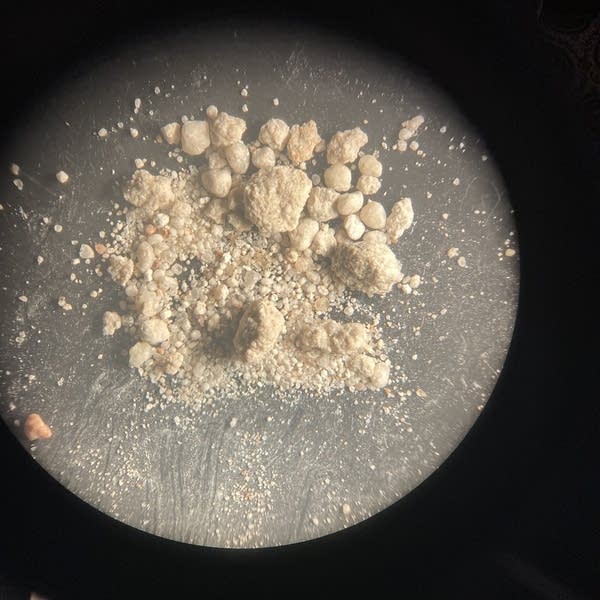Minnesota geologists identify rare meteorite impact site in Dakota County

Go Deeper.
Create an account or log in to save stories.
Like this?
Thanks for liking this story! We have added it to a list of your favorite stories.
An area around Inver Grove Heights, Minn., is the site of an ancient meteorite crash, according to recent analysis by the Minnesota Geological Survey.

The discovery came as scientists were updating geologic maps of Dakota County. They identified anomalies in the rock record — certain layers appeared out of order or irregularly sized. This led to further examination and the identification of small grains of shocked quartz, which is known to be produced only by the extreme shock and compression of a meteorite impact or nuclear explosion.
“It’s really exciting and new,” geologist Julia Steenberg told MPR News host Cathy Wurzer. Steenberg and her colleagues are hoping to do more research to better understand the age of the impact and the size of the meteorite involved.
Globally, known meteorite impact sites are exceptionally rare. This is the first identified in Minnesota and one of fewer than 200 in the world.
Turn Up Your Support
MPR News helps you turn down the noise and build shared understanding. Turn up your support for this public resource and keep trusted journalism accessible to all.
The Dakota County impact site has not yet been added to this map by The Planetary and Space Science Centre. Can’t see the map? Click here to view.
The disrupted area around Inver Grove Heights appears to be about 9 square miles, Steenberg said.
Unfortunately for those eager to check it out, however, there’s no visible evidence on the ground surface.
The crater is deeply buried by a few hundred feet of sediments.
Click on the audio player above to hear Steenberg talk more about the discovery.


